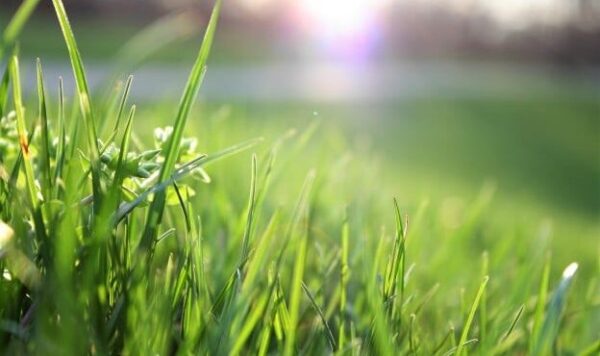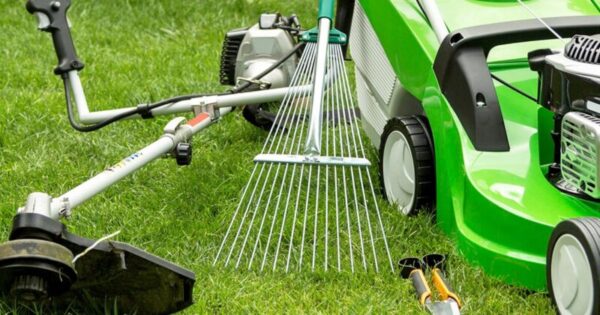Introduction
As the winter chill begins to fade away and the signs of spring start to blossom, it’s time to prepare your sprinkler system for the upcoming warmer months. Properly restarting your sprinkler system after winter is crucial to ensure a lush, healthy lawn and garden throughout the spring and summer seasons. In this comprehensive guide, we will walk you through the essential steps to restart your sprinkler system effectively.
I. Assessing the System
The first step in preparing your sprinkler system for spring is to assess its overall condition. Here’s what you need to do:
1. Inspect for Damage
Check the entire system for any visible damage caused by freezing temperatures during winter. Look for cracked pipes, broken sprinkler heads, or damaged valves. Address these issues before proceeding with the startup process.
2. Clear Debris
Remove any debris such as leaves, twigs, or dirt that might have accumulated over the winter months. Clogged sprinkler heads can affect water distribution, leading to uneven watering.
II. Checking the Water Supply
A proper water supply is essential for the efficient functioning of your sprinkler system. Follow these steps to ensure an uninterrupted water flow:
1. Turn On the Water Supply
Slowly open the main water supply valve to allow the water to flow gradually into the system. Sudden surges of water can cause damage if there are any existing issues in the pipes or valves.
2. Check Water Pressure
Ensure that the water pressure is at the recommended level for your sprinkler system. Refer to the system’s manual for the specific pressure range. If the pressure is too high or too low, consider installing a pressure regulator to maintain an optimal level.
III. Programming the Controller
Your sprinkler system’s controller needs to be programmed correctly to provide the right amount of water to each zone. Follow these steps to program the controller effectively:
1. Set the Date and Time
Update the controller with the current date and time. Some controllers might have a backup battery to retain settings in case of a power outage.
2. Adjust Watering Schedule
Review and update the watering schedule based on the current weather conditions and the water requirements of your lawn and plants. Consider watering early in the morning or late in the evening to minimize water loss due to evaporation.
IV. Testing and Adjusting Sprinkler Heads
Properly functioning sprinkler heads are essential for even water distribution. Follow these steps to test and adjust your sprinkler heads:
1. Run a Manual Test
Activate each zone manually and observe the sprinkler heads’ performance. Look for issues such as misaligned or clogged heads, low water pressure, or overspray onto sidewalks or driveways.
2. Clean and Adjust Sprinkler Heads
Clean clogged nozzles and adjust the heads to ensure they cover the intended area without wasteful overspray. Properly adjusted sprinkler heads prevent water wastage and promote efficient irrigation.
V. Inspecting Valves and Pipes
Leaky valves or pipes can lead to water wastage and damage to your landscape. Inspect and maintain valves and pipes to prevent potential problems:
1. Check Valve Boxes
Inspect valve boxes for any signs of water accumulation, which could indicate a leak. If you find standing water, locate and repair the leak promptly to conserve water and prevent damage.
2. Insulate Exposed Pipes
If you live in an area prone to freezing temperatures, insulate exposed pipes to prevent them from freezing and bursting during unexpected cold snaps.
VI. Performing a System Efficiency Check
Conducting a system efficiency check ensures that your sprinkler system is operating at its best. Here’s how to do it:
1. Conduct a Catch Can Test
Place catch cans (or empty tuna cans) within a sprinkler zone and run the system for a specific duration. Measure the water collected in each can. This test helps determine if each zone is receiving the recommended amount of water.
2. Adjust Run Times
Based on the results of the catch can test, adjust the run times for each zone to ensure consistent water distribution. Zones with lower water collection in catch cans may need longer run times.
Conclusion
By following these comprehensive steps, you can effectively prepare your sprinkler system for spring. Regular maintenance and proper startup procedures not only conserve water but also promote a healthy and vibrant lawn and garden. Remember, a well-maintained sprinkler system not only benefits your landscape but also contributes to water conservation efforts in your community. With these tips, you can enjoy a lush and beautiful outdoor space throughout the spring and beyond.





